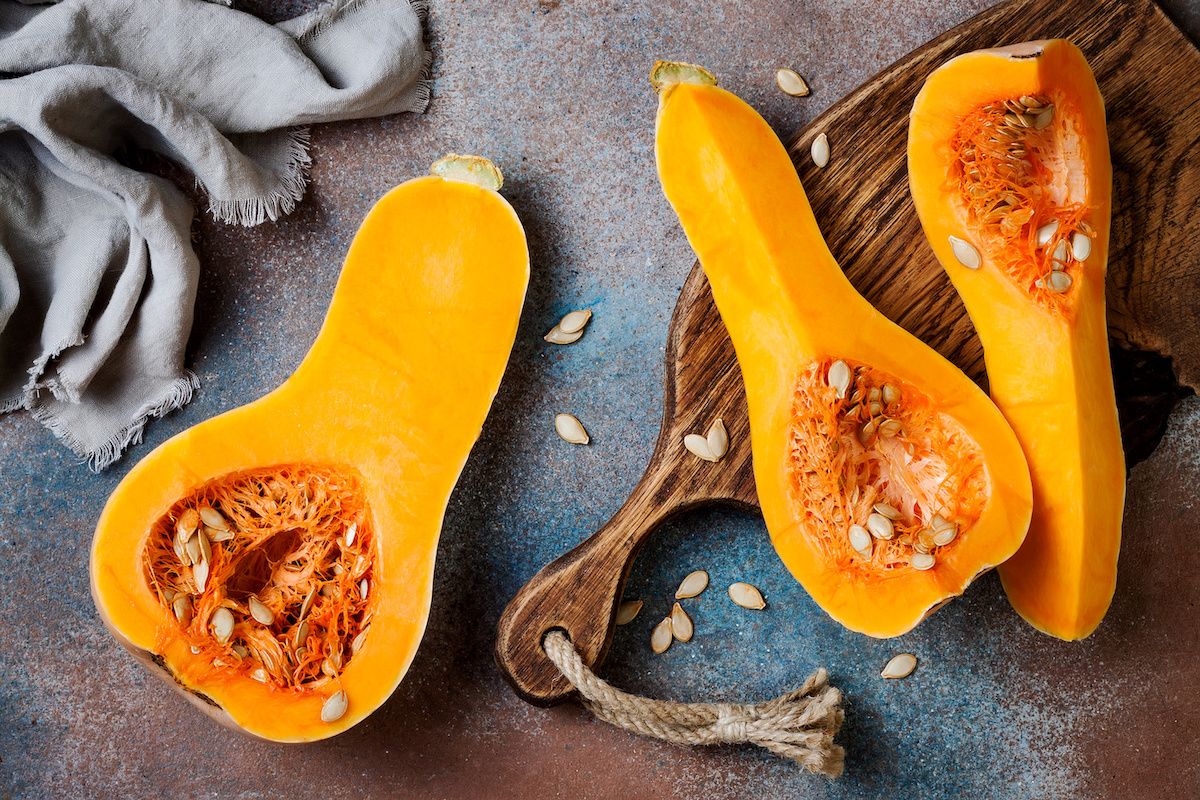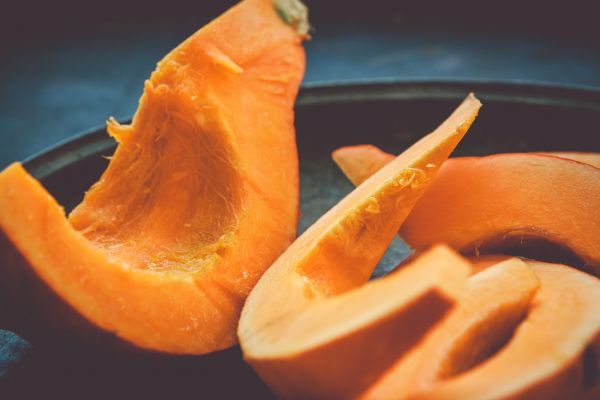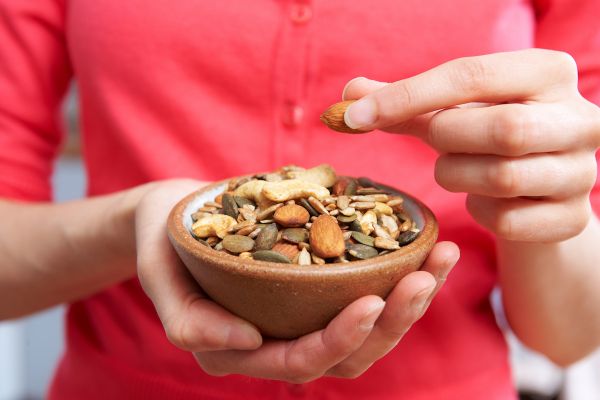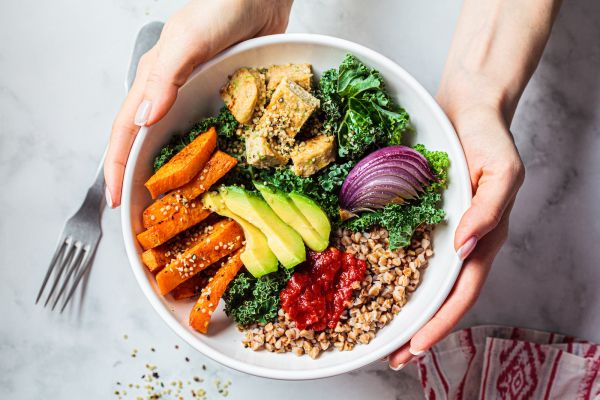With the fall harvest season comes a bountiful array of produce from home gardens, local farms and grocery store shelves. Plenty of fruits and vegetables are at their prime now making it easier to ensure you are getting your vitamins, minerals and phytochemicals. Aim to eat a variety of different colors of produce. Here are some examples of seasonal fall produce items and how to enjoy them for better health!
Start with A for apples
Apples make up about half of the world’s deciduous fruit tree production and are typically available in stores year-round. However, locally, they are at their peak of freshness from late September throughout October. According to the American Institute for Cancer Research, fiber and polyphenol compounds in apples may work with gut microbes to boost cancer-fighting defenses. Foods containing dietary fiber may help reduce the risk of colorectal cancer.
Tips for storing and preparing: There are over 2,500 varieties of apples grown in the United States that have unique flavor and texture profiles. Check out this article for information on a handful of different types of apples and their uses!
All the squashes — pumpkin, acorn, butternut and more
Pumpkins, along with other winter squash varieties such as butternut, acorn, or delicata squash, are high in beta-carotene and other carotenoids. Consuming foods with these compounds as part of an overall healthy eating pattern has been linked to lower cancer risk. Winter squash also are good sources of fiber, potassium and vitamin C.
Tips for storing and preparing: Pumpkins and squash store well and can last one to three months if stored in a cool, dark location. Squash is delicious roasted in the oven, pureed into a soup, or added to baked good recipes. Don’t forget to toast up the seeds for a yummy snack, too! Here are a few recipes to try this season:
- Sweet Hot Pumpkin Seeds with Autumn Spices
- Kale, Butternut Squash and Pomegranate Salad
- Pumpkin Mac and Cheese
Go for the greens
While certain varieties of leafy greens start popping up as early as June, heartier varieties like kale, spinach, collards and chard can be harvested through October. Dark green leafy vegetables contain carotenoids and vitamin C that act as antioxidants, which may help protect against cancer. Additionally, these veggies provide fiber, vitamins like folate, and minerals like calcium.
Tips for storing and preparing: Most leafy greens will last a few days in the fridge, with some varieties like kale possibly lasting up to a week. A delicious way to prepare greens is sauteed with olive oil, garlic and onions. Here some additional recipes to try:
Have nutrition questions?
Our nutrition team can play an important role in your care — before, during and after treatment.
Learn more


